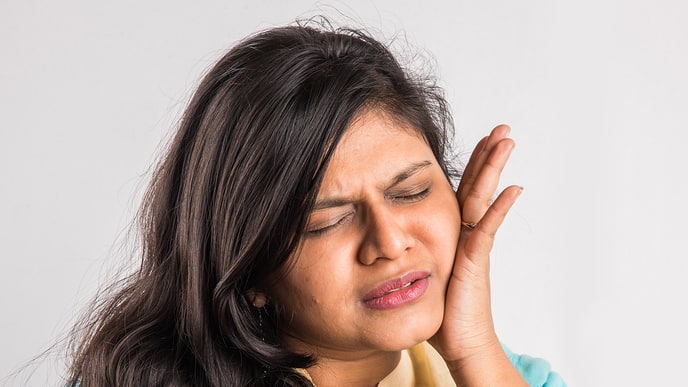The tooth's nerves are removed, so I won't feel any pain.
Many people believe that once they have had root canal treatment, they will no longer feel pain in the treated tooth. This, however, is incorrect. The tooth will no longer be sensitive to hot or cold food or beverages. But for a few days after treatment, the area around the tooth can be sensitive. If this happens to you, your dentist can prescribe a medicine to reduce inflammation.
Why bother getting a root canal done when I'm just going to need the tooth taken out eventually?
It is not correct to assume that the treated tooth will eventually need to be extracted. In fact, most root canal treatments are successful and result in the tooth being saved.
I'm not feeling any pain, so I don't really need a root canal.
Many teeth that need root canal therapy will not cause pain. But that does not mean the tooth is okay. Your dentist and endodontist have ways to see if the tooth's pulp is damaged or infected. If it is, then you will need root canal treatment, even if the tooth does not hurt. If you see something near a damaged tooth that looks like a pimple, see your dentist. The "pimple," called a fistula, is a tunnel of tissue draining pus from an infection. There is no pain because the fistula keeps pressure from building in the tissue. It can come and go. The infection must be treated, and the tooth probably needs root canal treatment. Without treatment, nearby tissues will become infected.
A root canal means I'm having the roots of my tooth, or my whole tooth, removed.
The whole point of root canal therapy is to try to save a tooth, not to remove it. Your tooth and roots are not removed. The canals are cleaned and shaped on the inside only. The nerve tissue and pulp are removed along with some of the inside part of the root to ensure all the bacteria have been removed.
After I get the root canal, I won't have to go back to the dentist for a while.
Once you have received root canal therapy, you will need to make follow-up appointments to have a permanent filling or crown put on the tooth. The temporary filling that is placed after the pulp has been removed will protect the root from infection for only a short time. A permanent filling or crown must be placed to ensure that bacteria do not leak into the canal.
This article is intended to promote understanding of and knowledge about general oral health topics. It is not intended to be a substitute for professional advice, diagnosis or treatment. Always seek the advice of your dentist or other qualified healthcare provider with any questions you may have regarding a medical condition or treatment.
ORAL HEALTH QUIZ
What's behind your smile?
Take our Oral Health assessment to get the most from your oral care routine
ORAL HEALTH QUIZ
What's behind your smile?
Take our Oral Health assessment to get the most from your oral care routine













